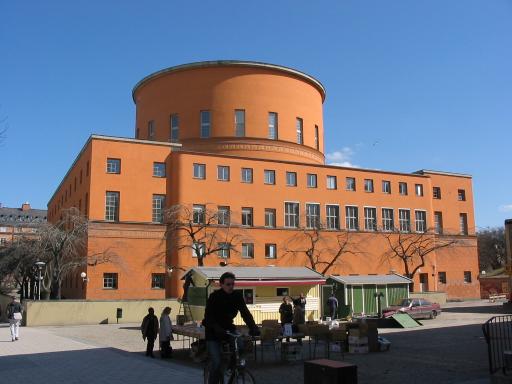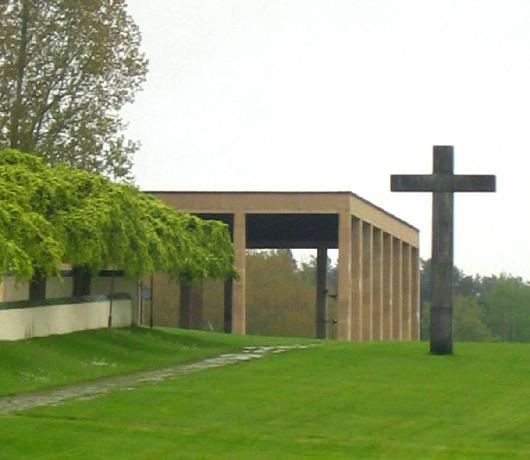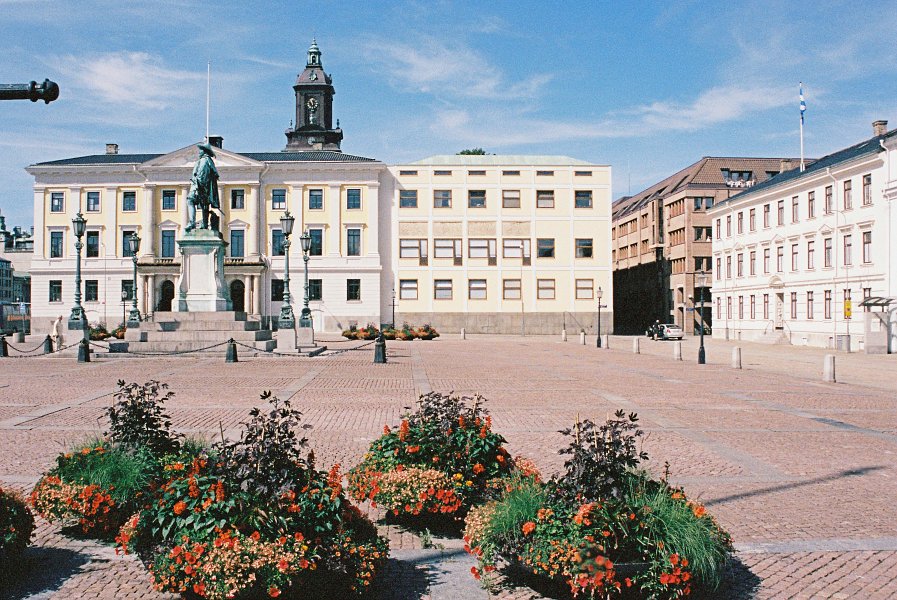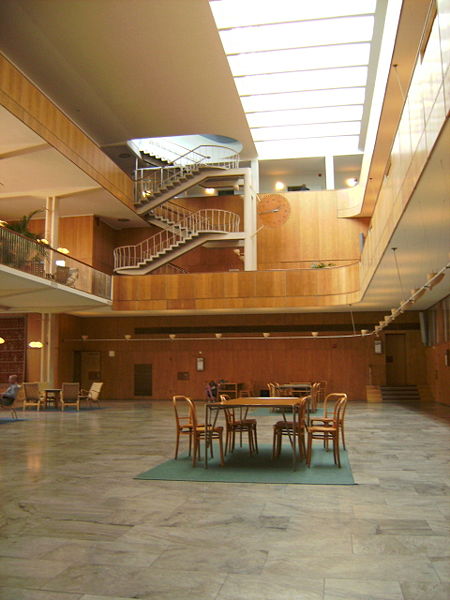<Back to Index>
- Chemist and Physicist Michael Faraday, 1791
- Architect Erik Gunnar Asplund, 1885
- Emperor of Vietnam Tự Đức, 317
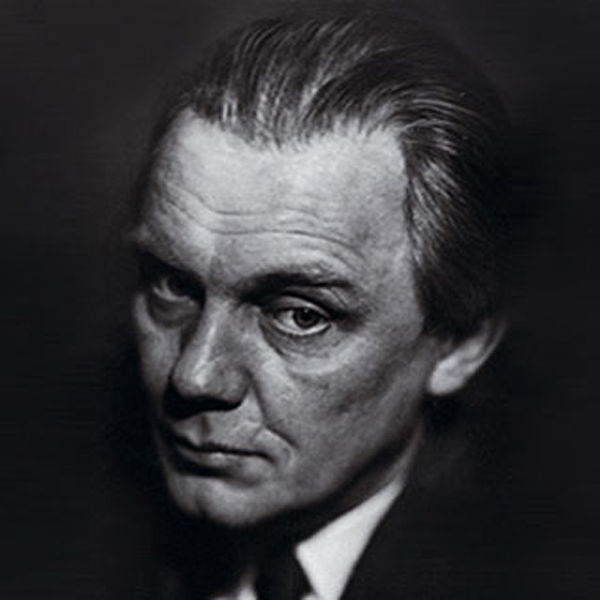
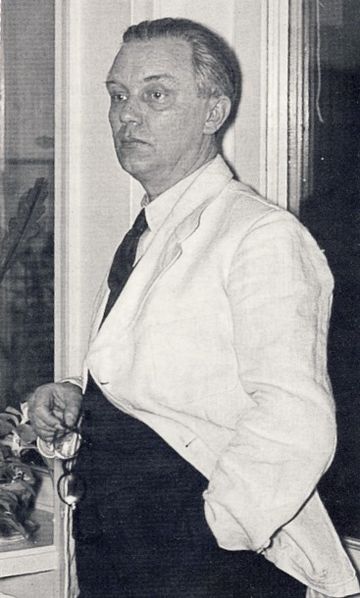
Erik Gunnar Asplund (22 September 1885 – 20 October 1940) was a Swedish architect, mostly known as a representative of Swedish neo-classical architecture of the 1920s, and during the last decade of his life as a major proponent of the modernist style which got its breakthrough in Sweden at the Stockholm International Exhibition (1930). Asplund was professor of architecture at the Royal Institute of Technology from 1931.
Asplund's major work is probably the Stockholm Public Library, constructed between 1924 and 1928, which stands as the prototypical example of the smoothly Nordic Neoclassical Swedish Grace movement.
Another important work is the extension of the Gothenburg City Hall building which Asplund started on 1917 and finished 1937 - it shows his transformation from neo-classical to functionalist architect, a transformation in parallel with other European modernists like Erich Mendelsohn. Asplund found direct inspiration in the work of Le Corbusier.
Asplund was also known for his collaborations with Sigurd Lewerentz: the Skogskyrkogården, a cemetery which is a UNESCO world heritage site. Skogskyrkogården was created between 1914 and 1940, and serving as the main architects for the Stockholm International Exhibition (1930). The modernist, exposed-glass-and-steel-frame Entry Pavilion at the world's fair was internationally influential, although temporary.
Gunnar
Asplund is considered perhaps the most important modernist Swedish
architect and has had a major influence on later generations of Swedish
and Nordic architects.
